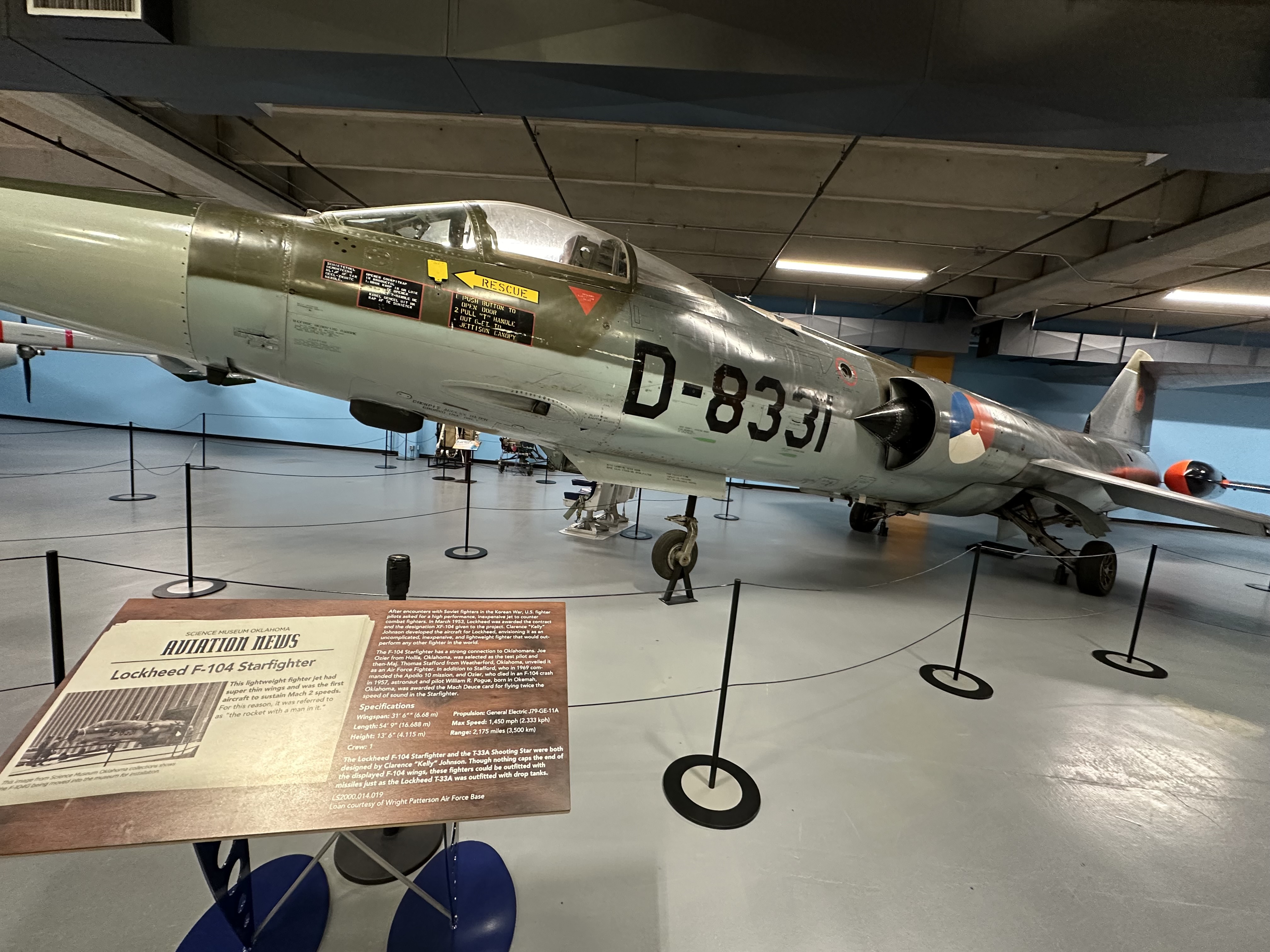this post was submitted on 07 Sep 2024
36 points (97.4% liked)
Wikipedia
1314 readers
195 users here now
A place to share interesting articles from Wikipedia.
Rules:
- Only links to Wikipedia permitted
- Please stick to the format "Article Title (other descriptive text/editorialization)"
Recommended:
- If possible, when submitting please delete the "m." from "en.m.wikipedia.org". This will ensure people clicking from desktop will get the full Wikipedia website.
- Interested users can find add-ons and scripts which do this automatically.
founded 1 year ago
MODERATORS
you are viewing a single comment's thread
view the rest of the comments
view the rest of the comments

Yup. Its landing speed is pretty much also its stall speed. Practically no margin for error.
I’m no airplaneologist, but with all the revisions made to this plane, why was that issue not addressed?!
Because that would basically mean building a brand new plane. Which they kind of did: the Mcdonald Douglas F4 Phantom II replaced it not long after.
The cause for the high landing speed of the F104 is its obvious stubby wings. However, they were designed that small for a reason: Doctrine at the time called for speed above anything else, even sacrificing maneuverability. F104 ended up being insanely fast, but had some of the worst turning radii out there, simply because the lifting surfaces are so small.
EDIT: I found a good video of one landing: https://youtu.be/5xTXPo4gIys
Notice how fast it's going and the high angle of attack compared to other aircraft. It was built to go high and fast. And as you can probably guess, most landings are done low and slow.
A contributing factor was that the ejector seat of the F104 ejected the pilot down instead of up. This meant that the ejector seat was only useful if at altitude. I believe I read somewhere that the reason for this design choice was to not have the pilot hit the tailfin, but I cannot confirm this. HOWEVER, it is also worth noting that at the time, there were no ejector seats thaylt could safely eject the pilot close to the ground, no matter the direction. A parachute needs a lot of altitude to properly unfold, and seats at the time simply didn't launch high/far enough, so ejecting near the ground wasn't much of an option.
Later revisions of F104 had an upward firing ejector seats, once seats powerful enough had been developed.
Fun fact: the first successful 0/0 ejection (no velocity, no altitude) was an accident. A Soviet pilot had just started to power up his plane when a design flaw unexpectedly caused the ejection seat to launch. As the hydraulics came live, the elevator moved to neutral position, and the stick of course moved with it. The strap for the ejector seat happened to be around the stick, so the stick effectively pulled the strap and ejected the pilot. Lucky for him, the seat turned out to be powerful enough to provide a safe 0/0. Despite having an emotional moment, he was safe and sound.
This incident is why that particular plane model has two pieces of wood connected with a string slung over the tail to support the elevator when parked. That way the elevator remains in neutral position even when without hydraulic power. Sadly I do not remember which plane it is, but it's one of the older models that are still in use in russia.
EDIT: It was/is Su-25
And just for the record, despite its flaws, I think the F104 is a pretty cool aircraft.
I learned so much with this post
In that case I'll share with you this tangentially related fact from aviation history, regarding ejection mechanisms:
The Convair B-58 Hustler, a Cold War-era supersonic bomber, was designed and tested in the 50's when ejection technology was still in its infancy. Instead of ejection seats, it ejected an entire capsule as part of the cockpit. When testing this, due to the danger involved, they didn't want to use human test subjects, so they used what they had available to them: Gorillas.
Multiple gorillas were launched this way, and as far as I have found, all gorillas survived. The gorillas were carefully studied afterwards to assess the potential effects, and whether human testing could proceed, and while the event was certainly traumatic for the gorillas, they exhibited no injuries or symptoms thereof.
I haven't found a good source for what happened to the gorillas afterwards, but they were most likely returned to their original research institutions and care facilities. I choose to believe that one of them lived until the turn of the millennium (not unreasonable considering the average lifespan of a gorilla in captivity). As a young gorillette, Harambe concluded that his grandpa had lost it when the old Silverback entertained the young with stories from his days of working with USAF.